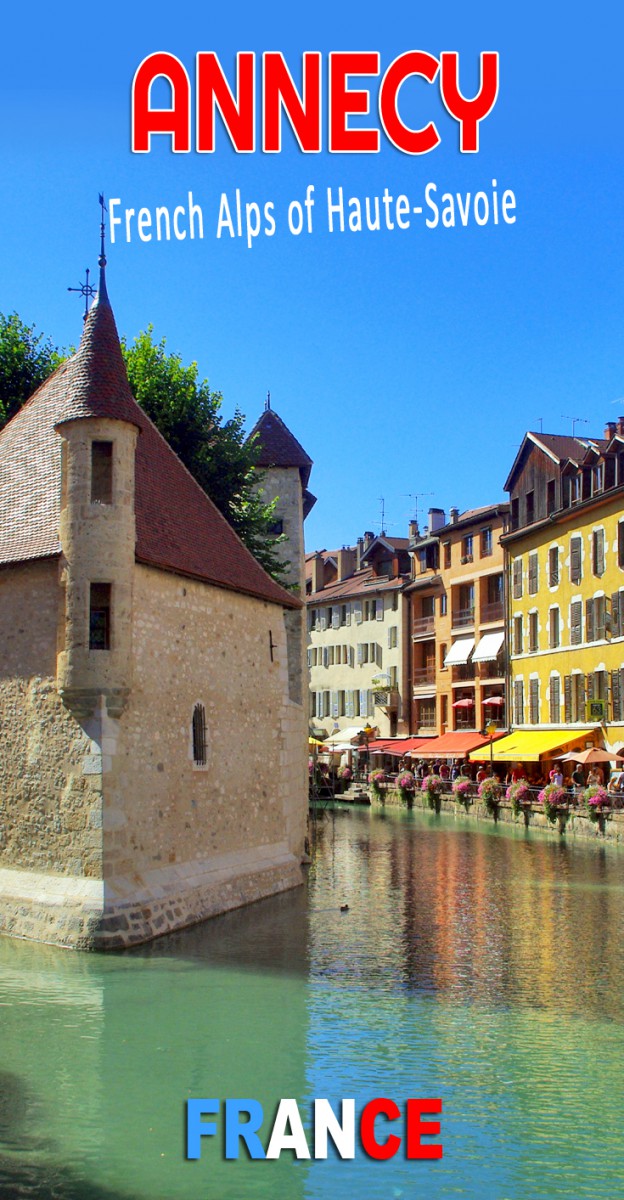Annecy has a long history linked to the strategic position of the city on the route between Geneva and Italy at the northern tip of Lake Annecy. Originally a Roman site in the 1st century AD, Annecy developed into a major centre of the Counter-Reformation, hence its nickname of “Rome of the Alps”. The city only became French in 1860 after being the possession of the Dukes of Savoy for a very long time. Today, the charm of Annecy derives from its medieval district (the Venice of the Alps), its massive castle and the beautiful foreshore of the lake. In this post, I’m giving you the most important dates that made Annecy history.
The Annecy history started in the Ancient Times
The shores of the lake were occupied as far back as the Neolithic period. Many villages of stilt houses were located along the Thiou River and all around the lake (Annecy-le-Vieux, Sévrier, Saint-Jorioz, Talloires, etc.)
The Gallic tribes of the Allobroges occupied the Prealps of Savoy and the shores of the great lakes of Geneva, Annecy and Bourget from the 4th century BC.
The Allobroges were overcome by Roman troops in 62 BC and their territory was colonised by the victors.
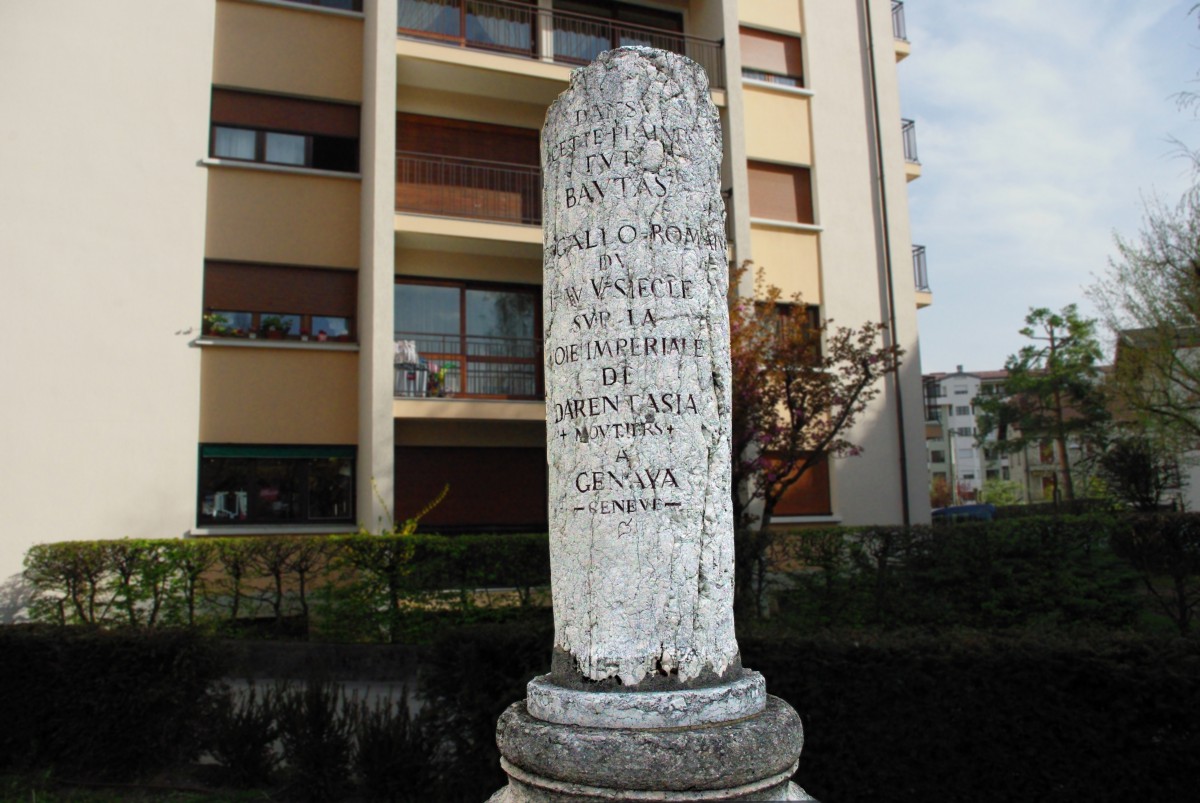
From 50 BC the Romans established themselves in the plain of Fins to the north of the lake and founded the vicus of Boutae on the site of a Gallic village. Between the 2nd and the 5th centuries AD, the vicus gathered more than 2,000 inhabitants around a small and large forum, a basilica, a few temples, the thermal baths and a theatre for 1,000 people. The little town was situated in a strategic position at the crossroads of three Roman routes: the first one leading to Genava (Geneva) to the north, the second to Aquae (Aix-les-Bains) to the south-west and the last to Casuaria (Faverges).
Boutae was also situated along the route linking Gaul to Italy via Faverges and the Little St. Bernard Pass.
A Roman column on Place des Romains commemorates the location of the Gallo-Roman town of Boutae which gave its name to a residential district of Annecy: Les Romains.
At the fall of the Roman Empire, the Barbaric Invasions caused great instability in the region. The devastated little city of Boutae declined rapidly and the population deserted the plain to settle in the neighbouring hills. From this relocation in the 8th century, the rural domain of “Anniciaca” in Annecy-le-Vieux was created. It is believed that Annecy takes its name from the owner, Aniciacus.
The region was occupied by the Burgundians before being annexed by the Franks at the start of the 5th century.
The Annecy history in the Middle-Ages
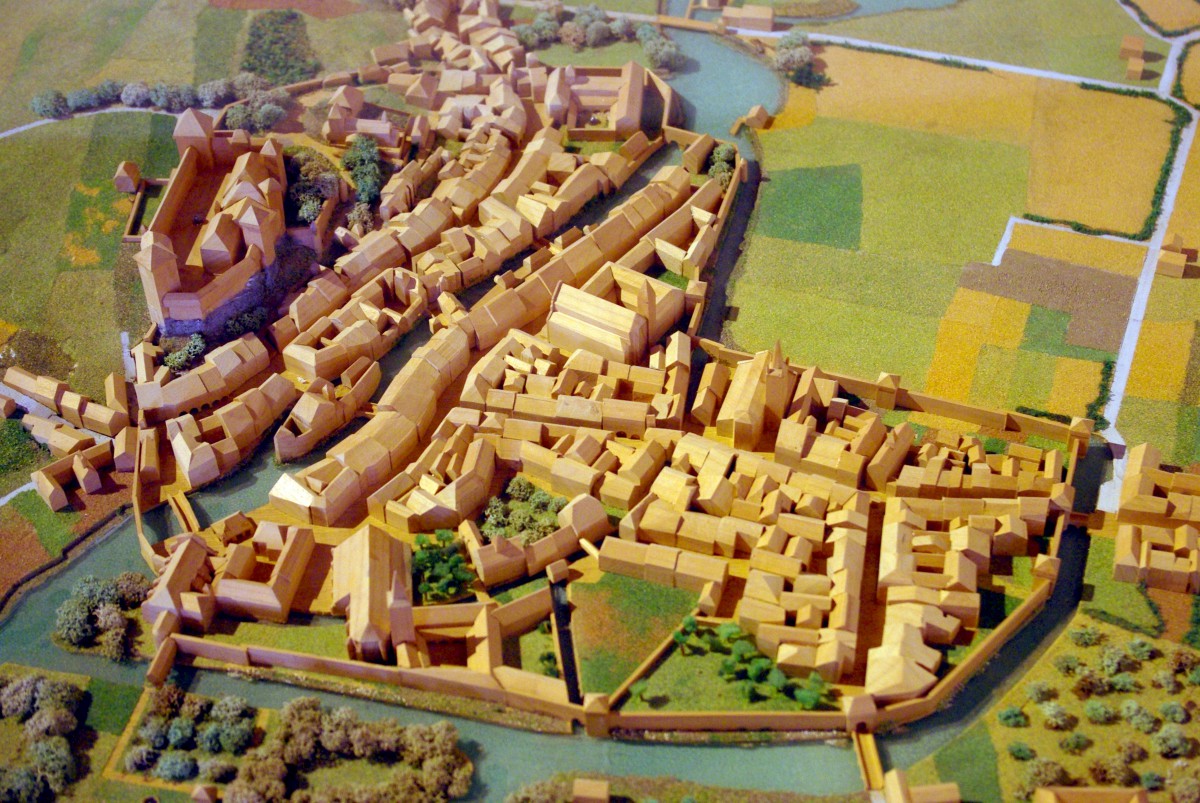
Throughout the Middle Ages, Annecy and Savoy were part of the Holy Roman Germanic Empire.
In the 10th century, houses were built at the foot of the castle placed atop the last promontory of the Semnoz Mountain which overlooks the lake. A document from 1107 confirms the existence of Annecy-le-Neuf (New Annecy as opposed to Annecy-le-Vieux – Old Annecy) clustered around the Thiou River.
In 1132 a strong house (today’s Palais de l’Île) was built on the rocky island in the middle of the Thiou.
At the end of the 12th century, the ongoing conflicts between the Bishops and the Counts of Geneva (a junior branch of the House of Savoy) led the latter to be evicted from Geneva. The Counts took refuge in Annecy where they established their residence. Annecy became the new capital of the County. With the presence of a court, Annecy developed commercially and the population doubled. Along the banks of the Thiou, mills, textile and steels industries started to flourish.

The 14th century is marked by the long reign of Count Amadeus III of Geneva (1320-1367) when the charter of Annecy was confirmed by the Emperor. His wife, Countess Mahaut of Boulogne gave birth to Robert, the last heir of the Counts of Geneva at the Annecy Castle. Robert provoked the Great Papal Schism by becoming Pope Clement VII at Avignon.
When Clement VII died in 1394, Annecy and the County of Geneva passed to the heiress’ husband, Humbert VII of Thoire and Villars until his death in 1400. The same year, Humbert VII’s heir Odo sold the region to Count Amadeus VIII of Savoy. The title Count of Geneva passed into the House of Savoy which had its territories raised to a duchy by Emperor Sigismund of Luxembourg. Therefore, the County of Geneva was dismembered. The County of Geneva referred to the city ruled by the bishops of Geneva and the County of Genevois with Annecy as capital. Today, there is still a distinction between the Canton of Geneva (now in Switzerland) and the Genevois, a region stretching between Geneva and Annecy (now in France).
Count Amadeus VIII assisted the reconstruction of Annecy after the terrible fire of 3 February 1412.
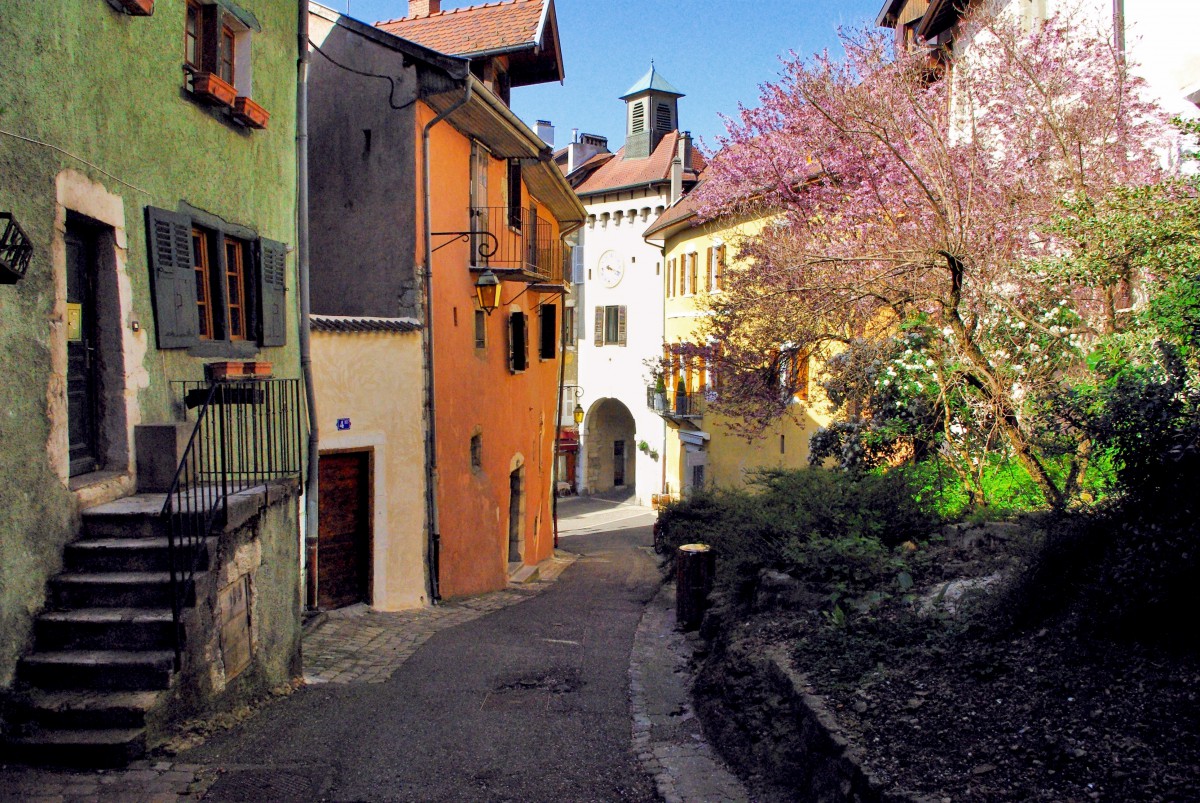
Since the 13th century, the city has been surrounded by a fortified wall made of towers, curtain walls and water gates with harrows and chains of iron. The ramparts are interspersed with four gates: Perrière towards Faverges and Italy, Sepulchre towards Chambéry, Boutz (from the vicus of Boutae) to Geneva and Pâquier to the north-east.
From the end of the 15th century, a General Council composed of the city burghers has been responsible for he management of the town.
The Annecy history during the Counter-Reformation
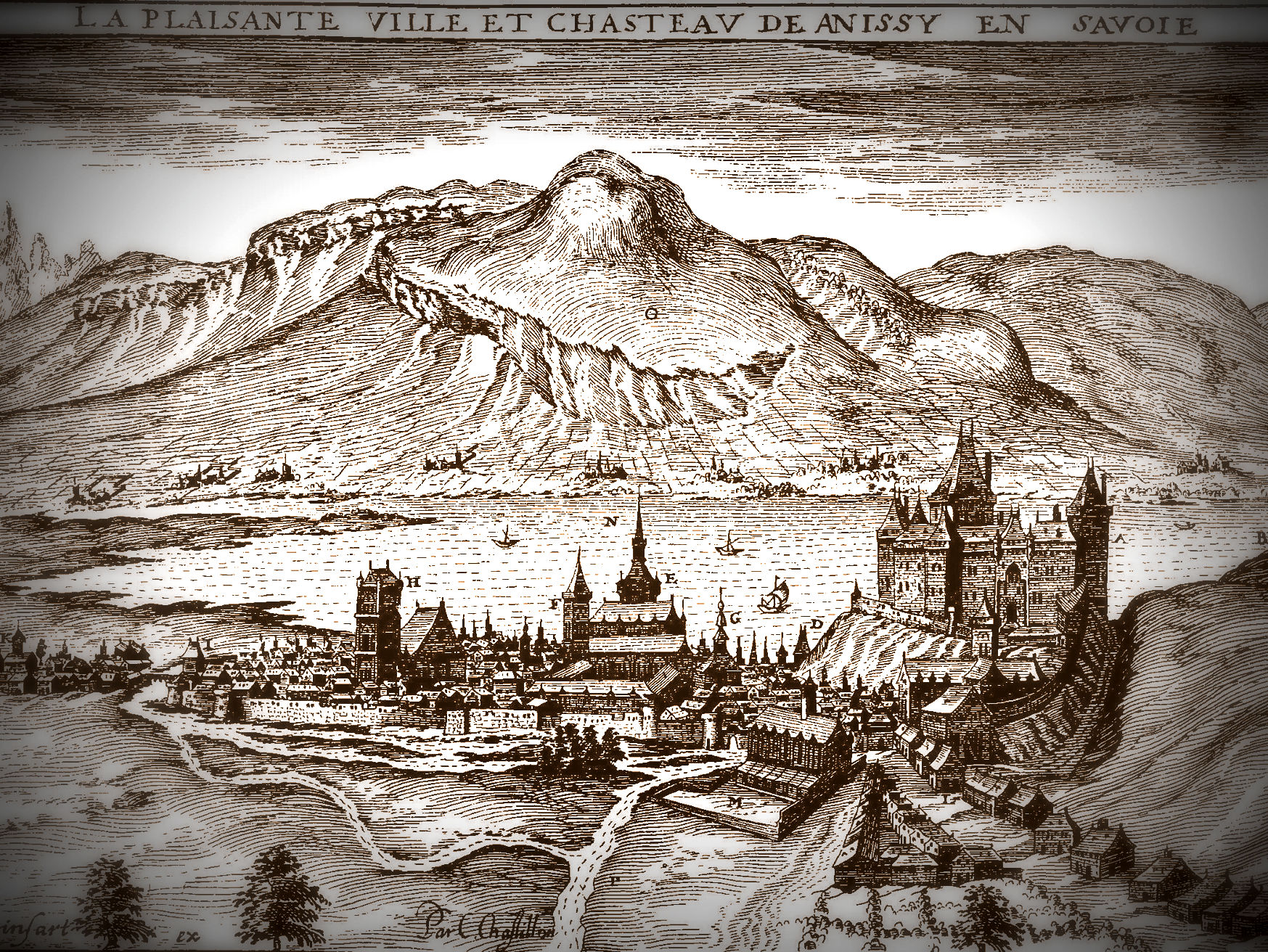
An event of significant importance took place in Geneva in the 16th century which would have great impact on the development and the influence of Annecy for centuries to come.
The Protestant Reformation reached Geneva in 1523 when the first Protestants, who happened to be refugees from France, arrived in the city. This caused religious strife during which the rule of the Dukes of Savoy was rejected in favour of an alliance with the Swiss Confederacy.
On 12 July 1533, riots took place in Geneva against the actions of the bishop who fled the city on 14 July in fear for his life, never to return. On 21 May 1536, the Genevans proclaimed themselves a republic and took a public oath of allegiance to the Protestant faith. John Calvin became the spiritual leader of the city and kept this position until his death in 1564.
Though the city was a Protestant stronghold, the historic diocese of Geneva still existed from its new seat: Annecy. The canons of St Peter’s Cathedral of Geneva and the catholic orders moved to Annecy. The bishop started to reside permanently in Annecy from 1568. This encouraged the construction of many monuments: the Nemours lodge of the castle, St Peter’s Cathedral, Lambert House and the bell tower of Notre-Dame de Liesse.
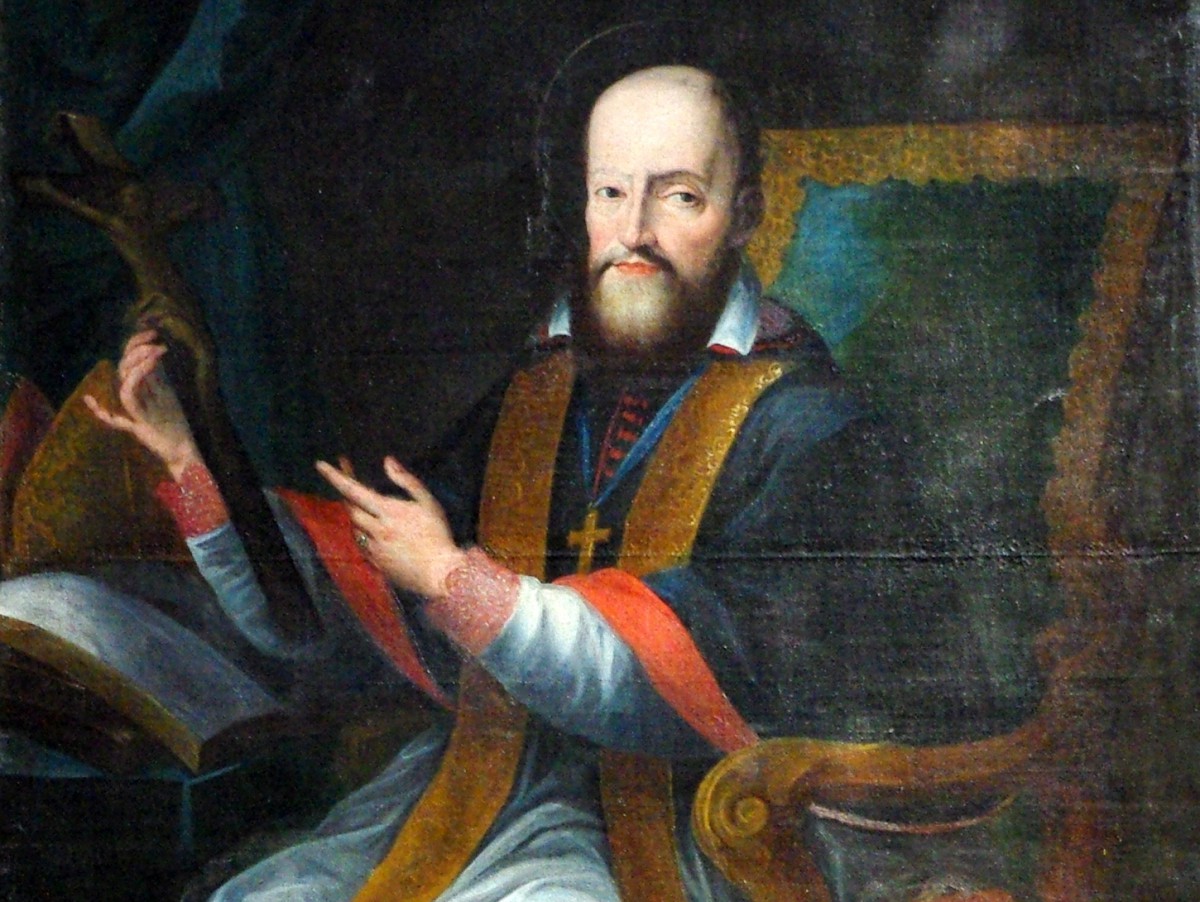
From 1560, the strategic position of Annecy near the dividing line of the confessions made it a citadel of the Counter-Reformation facing Protestant Geneva.
François de Sales (1567–1622) was a key leader in the Counter-Reformation led from Annecy. He was consecrated Bishop of Geneva from 1602 to 1622, and strengthened the intellectual and spiritual prestige in the region of Annecy. This religious presence in Annecy was very important: thirteen religious orders existed in a city of only 5,000 inhabitants. Half the town belonged to different religious orders which possessed churches, convents, buildings, workshops, mills, farmlands and forests. The religious orders were responsible for education and hospitals and provided work for the craftsmen and the local traders. The influence of Annecy over the catholic lands in Europe gave the city the nickname of “Rome of the Alps”, in opposition to Geneva, the “Rome of Protestantism”.
In 1720, the House of Savoy acquired the small Kingdom of Sardinia and united their insular and continental territory into a great power: the Kingdom of Piedmont-Sardinia. With Turin as its capital, the new domain of the Savoyards (which also included Annecy) was the predecessor of today’s Italy.
For several years from 1728 French philosopher Jean-Jacques Rousseau made Annecy his home.
The Annecy history through the Revolution and First Empire
Although part of the independent Duchy of Savoy, Annecy was affected by the French Revolution. The ideas of the Revolution were known and spread amongst the bourgeois of Annecy because of the many Savoyards who lived in Paris.
On the nights of 21 and 22 September 1792, the French troops of General Montesquiou invaded the Duchy of Savoy by surprise. The Sardinian army of the Duchy took refuge in Turin, the capital of the States of Savoy since 1562. In October, the Assembly of the Allobroges met in the cathedral of Chambéry to declare the end of the rule of the House of Savoy and the creation of a new French département named: Mont-Blanc.
If the local inhabitants of Annecy were quite enthusiastic about the arrival of the French army in their city, many changes led a few of them to rebel against the new masters. Along with the tax increase, the de-Christianisation policies (the ransacking of churches and the destruction of bells, crosses and liturgical items,…) provoked riots in Annecy, Faverges and Thorens where 86 people died.
However, the important markets of France were for the first time accessible to the factories of Annecy and the Genevan capital. Several manufacturing industries were established along the Thiou River to use its energy and to exploit the industrial skill of the local workers.
During the First Empire, Annecy experienced an era of economic prosperity and political stability.

After the second abdication of Napoleon 1st, the Treaty of Paris, signed in 1815, confirmed the borders as they were before the Revolution. Annecy and Savoy came back to the Kingdom of Piedmont-Sardinia. For the occasion, a great celebration was organised in Annecy.
Two years later, Louis Frerejean from Lyon acquired the foundry of Cran which became the metallurgic centre of the Kingdom of Piedmont-Sardinia.
In 1819, Pope Pius VII united the city of Geneva and 20 parishes with the Diocese of Lausanne, while the rest of the ancient Diocese of Geneva (including Annecy) was reconstituted, in 1822, as the French Diocese of Annecy.
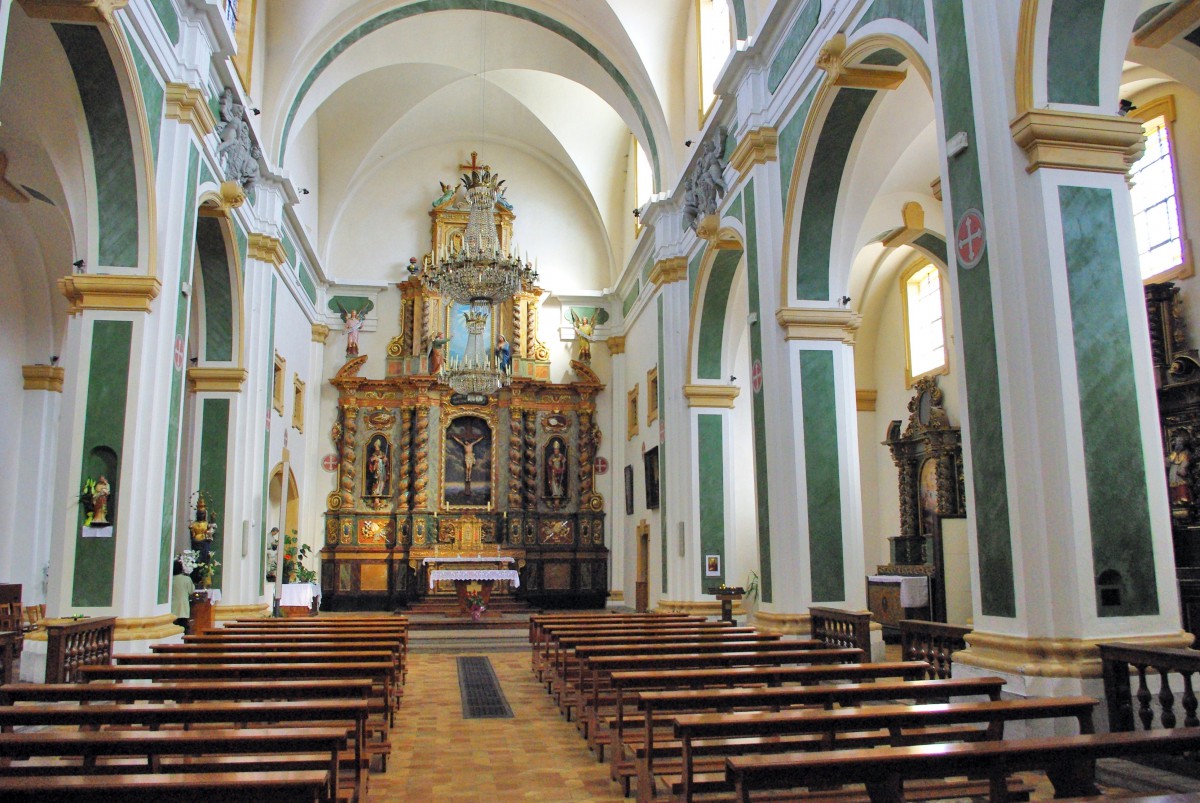
From 1815 to 1860, the Sardinian era was marked by major urban projects: sanitation, the opening and paving of new streets, the construction of bridges, quays and buildings such as the Town-Hall and the development of the lake front with the creation of a public garden.
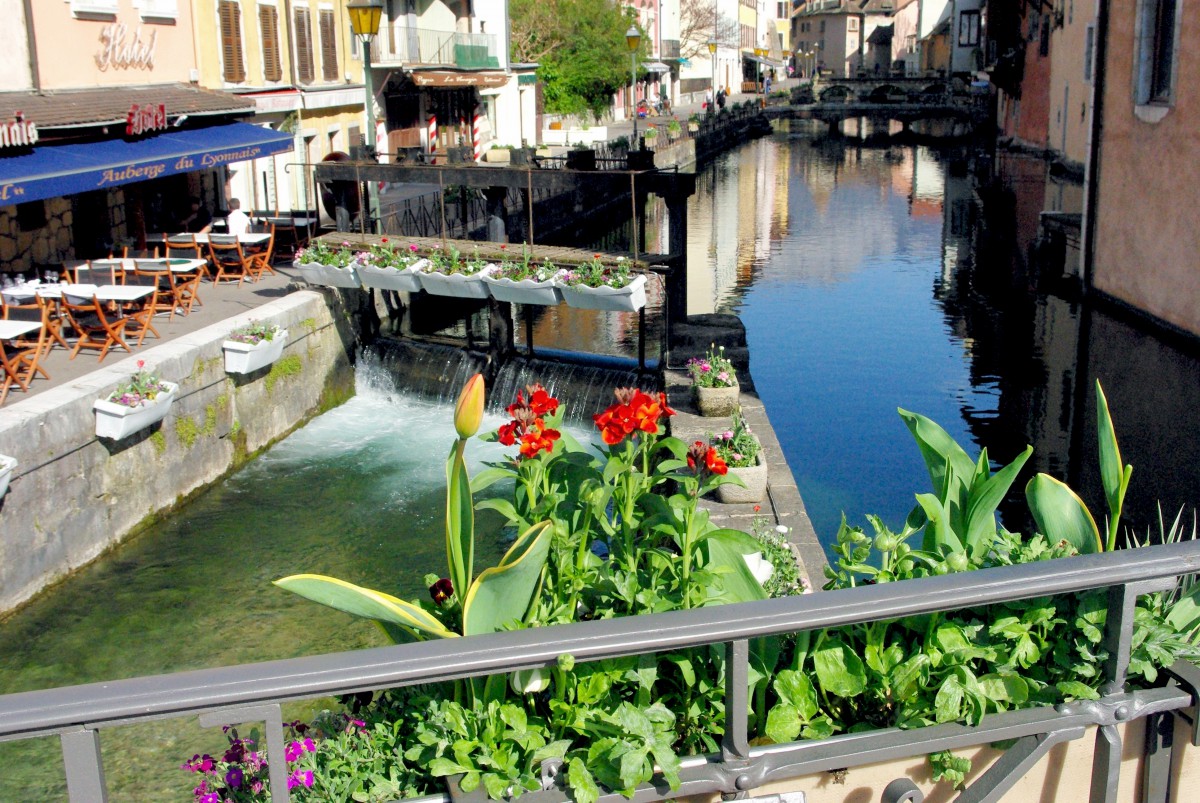
The Caille Bridge built to the north of Annecy over the Usses Gorge improved the road to Geneva.
The Annecy history from 1860 to 1940

In 1860, Annecy had a population of around 10,000. The Kingdom of Piedmont-Sardinia was taking the lead towards Italian unity and needed the help of an ally such as Napoleon III to counteract the power of the Austrian-Hungary Empire.
On 12 July 1858, French Emperor Napoleon III and Camillo Benso, Count of Cavour, secretly negotiated the “Treaty of Plombières” in the Lorraine town of Plombières. This agreement granted French assistance to the cause of Piedmont-Sardinia against the Austrian-Hungarian Empire in return for the territories of Savoy and Nice, which thereafter became French territory.
This secret agreement was confirmed by the Treaty of Turin on 24 March 1860 but in order to become final, it needed the approval of the population by referendum. On 23 April, the Savoyards massively responded with “oui” (130,533 votes against 235 “No”).
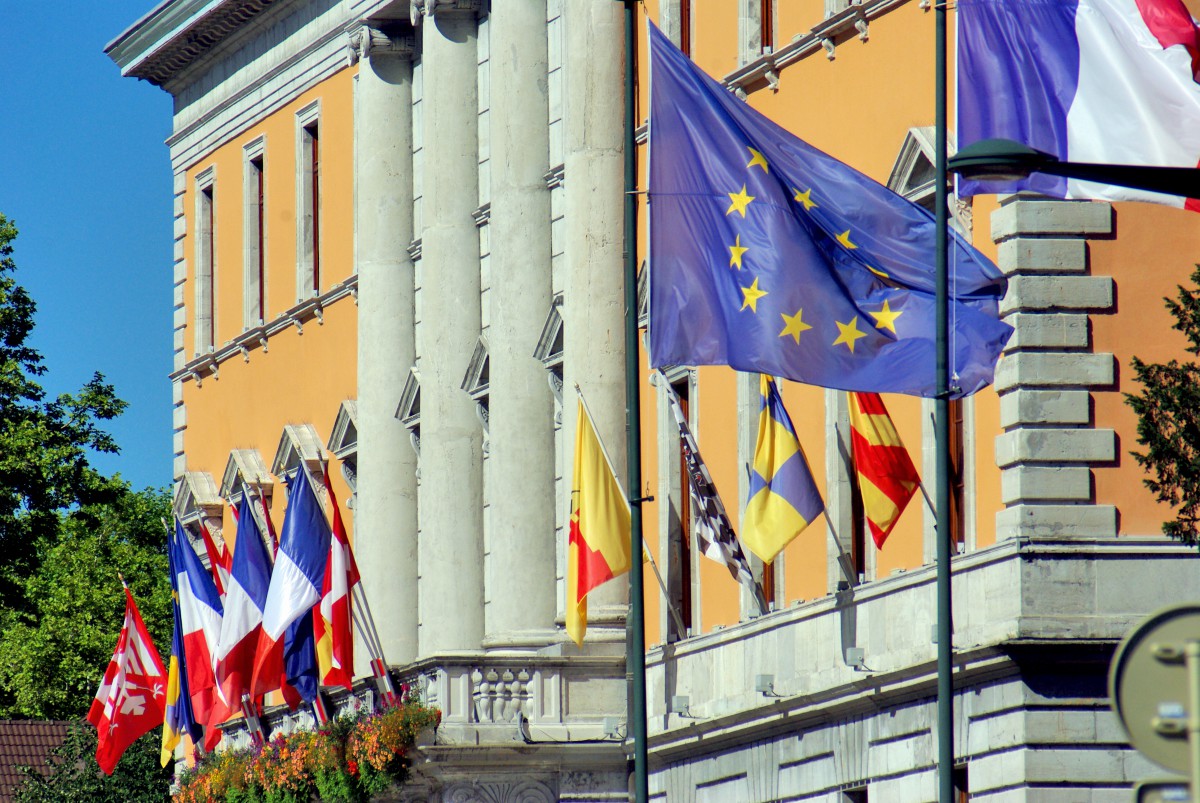
In 1866 a railway line was opened in Annecy and benefited the tourist industry.
During the first half of the 20th century the city slowly expanded to new districts: Balmettes, Prairie and Vovray. Annecy was lit by electricity as early as 1906 thanks to the hydroelectric power plant of the Fier River.
The Basilica of the Visitation, perched on a high hill above the city, was built between 1909 and 1930 and proudly symbolises the prestigious religious past of Annecy. The sanctuary contains the remains of St François de Sales and Jeanne de Chantal.
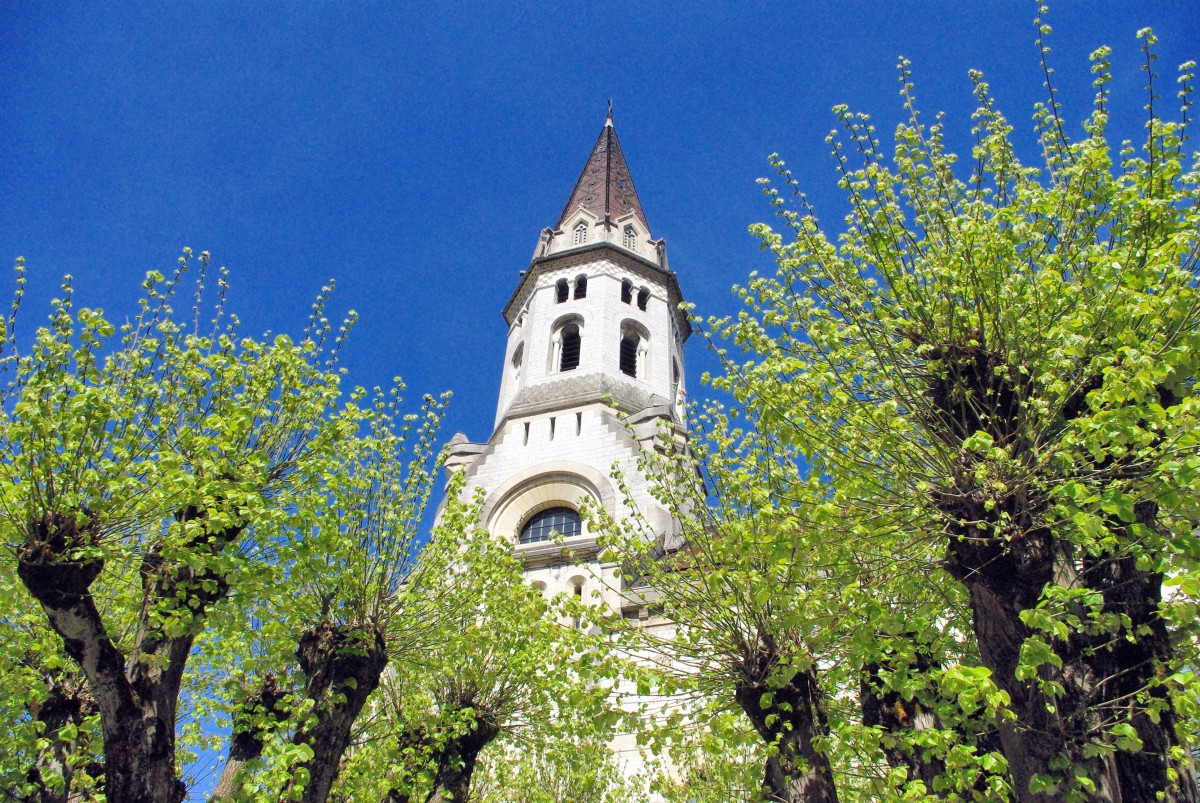
The beautiful site of Annecy and its lake surrounded by mountains has been a favourite destination for the working class since the appearance of paid leave in 1936.
The Annecy history during the Second World War
Annecy and the two départements of Savoie and Haute-Savoie were situated in the Zone Libre under the leadership of Marshall Pétain.
On 11 November 1942, Annecy and the Zone Libre were invaded by the Germans and Italians in Operation Attila. The whole area east of the Rhône passed to the Italians. After the capitulation of Italy at Cassibile was made public on 8 September 1943, the Italian troops retreated and the Germans took control of the whole area.
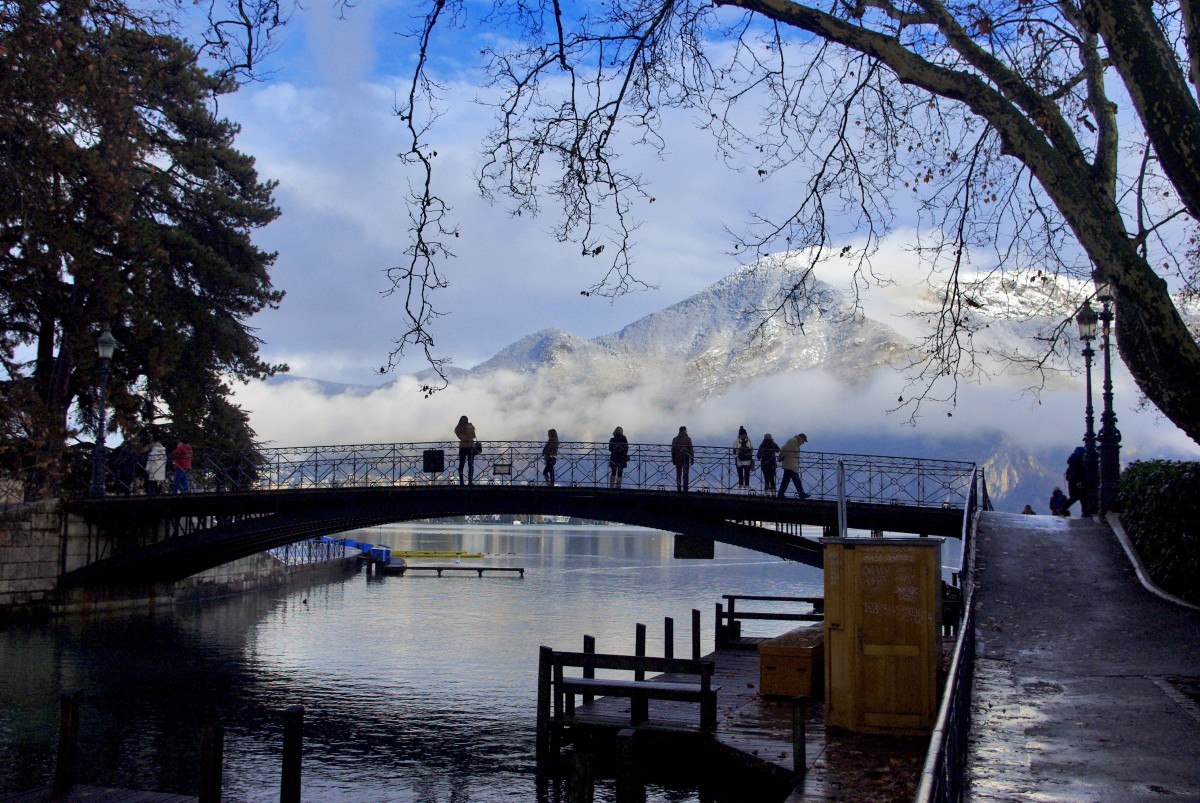
The SS quarters were based in the building of the former St François school on Place de la Gare. 232 patriots and resistants were tortured and died there. People were also imprisoned in the notorious dungeons of the Palais de l’Île in the town centre.
Annecy was bombed by the Allies three times but the old town was spared unlike Chambéry. To the north of Annecy, an active centre of the French Resistance was operating from the Glières Plateau and contributed to the liberation of the city on 19 August 1944.
The Annecy history continues today
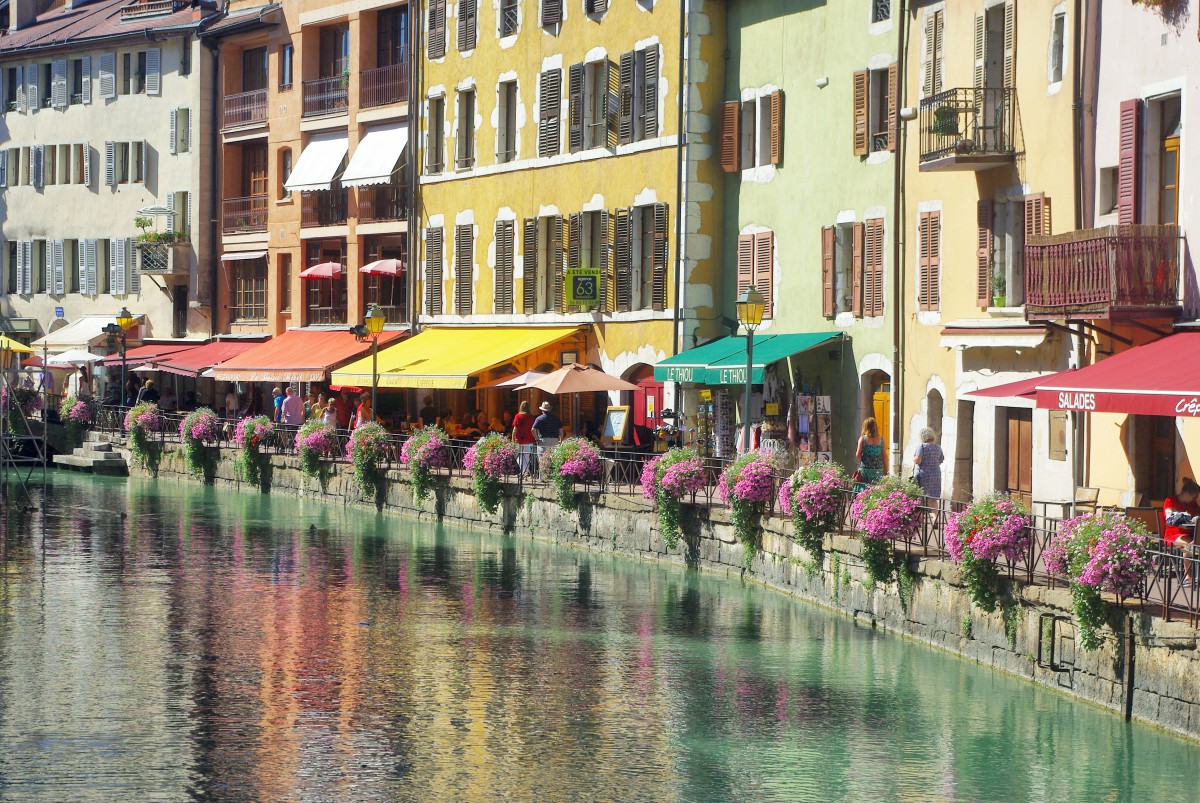
In 1949, Annecy welcomed the second round of the GATT and 23 foreign delegations.
The restoration of the castle and the historic district of the old town started in 1953 and in the 1970s the municipality mostly pedestrianised the area.
In 1983, the new railway station was inaugurated and Annecy became linked to Paris by TGV.
Pope John-Paul II visited Annecy on 7 October 1986 and stopped at the Visitation Basilica.
In 1981 a new motorway linking Lyon to Geneva was inaugurated. Nicknamed “L’autoroute blanche”, the A40 was completed by the long-awaited A41 section between Geneva and Annecy. Annecy is now only 30 minutes from the centre of Geneva.
In October 2009, Annecy applied to the host of the 2018 Winter Olympics and Paralympics but lost to Pyeongchang, South Korea on 6 July 2011.
Today, Annecy is the centre of an urban zone with more than 150,000 inhabitants and has become one of France’s most visited sites.
Annecy History: English-French Vocabulary
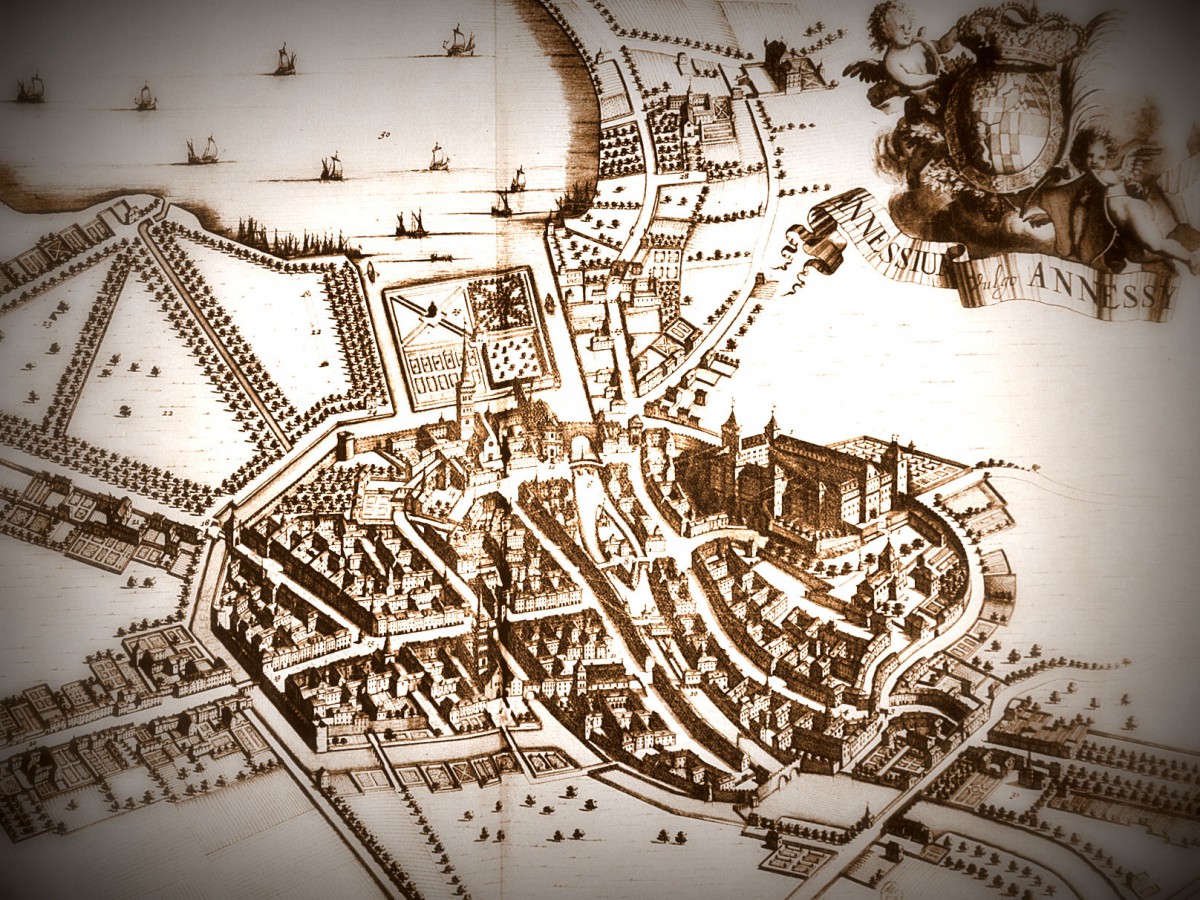
(f) for féminin, (m) for masculin, (adj) for adjective and (v) for verbs
- Alps = Alpes (f,p)
- Amadeus = Amédée
- Annecy history = histoire d’Annecy (f)
- Austria-Hungary = Autriche-Hongrie (f)
- Barbaric Invasions = Invasions Barbares (f,p)
- bishop = évêque (m)
- burgher = bourgeois (m)
- Burgundian = Burgonde (m)
- castle = château (m)
- count = comte (m)
- countess = comtesse (f)
- Counter-Reformation = Contre-Réforme (f)
- diocese = diocèse (m)
- duchy = duché (m)
- duke = duc (m)
- Gaul = Gaule (f)
- Geneva = Genève
- history = histoire (f)
- Holy Roman Germanic Empire = Saint-Empire Romain Germanique (m)
- Italy = Italie (f)
- John Calvin = Jean Calvin
- kingdom = royaume (m)
- lake = lac (m)
- Piedmont = Piémont (m)
- Prealps = Préalpes (f,p)
- Pope = Pape (m)
- Reformation = Réforme (f)
- Revolution = Révolution (f)
- Rome = Rome
- Roman = Romain (m)
- Sardinia = Sardaigne (f)
- Savoy = Savoie (f)
- Second World War = Seconde Guerre Mondiale (f)
- Swizerland = Suisse (f)
- treaty = traité (m)
- Venice = Venise
Check out the website of the Tourist Information Centre for more info about staying in Annecy. You can book your accommodation via their website: check it out here.
Did you like what you read? If so, please share this article on Facebook or twitter! 🙂
Inspired about Annecy history? Pin it for later:
